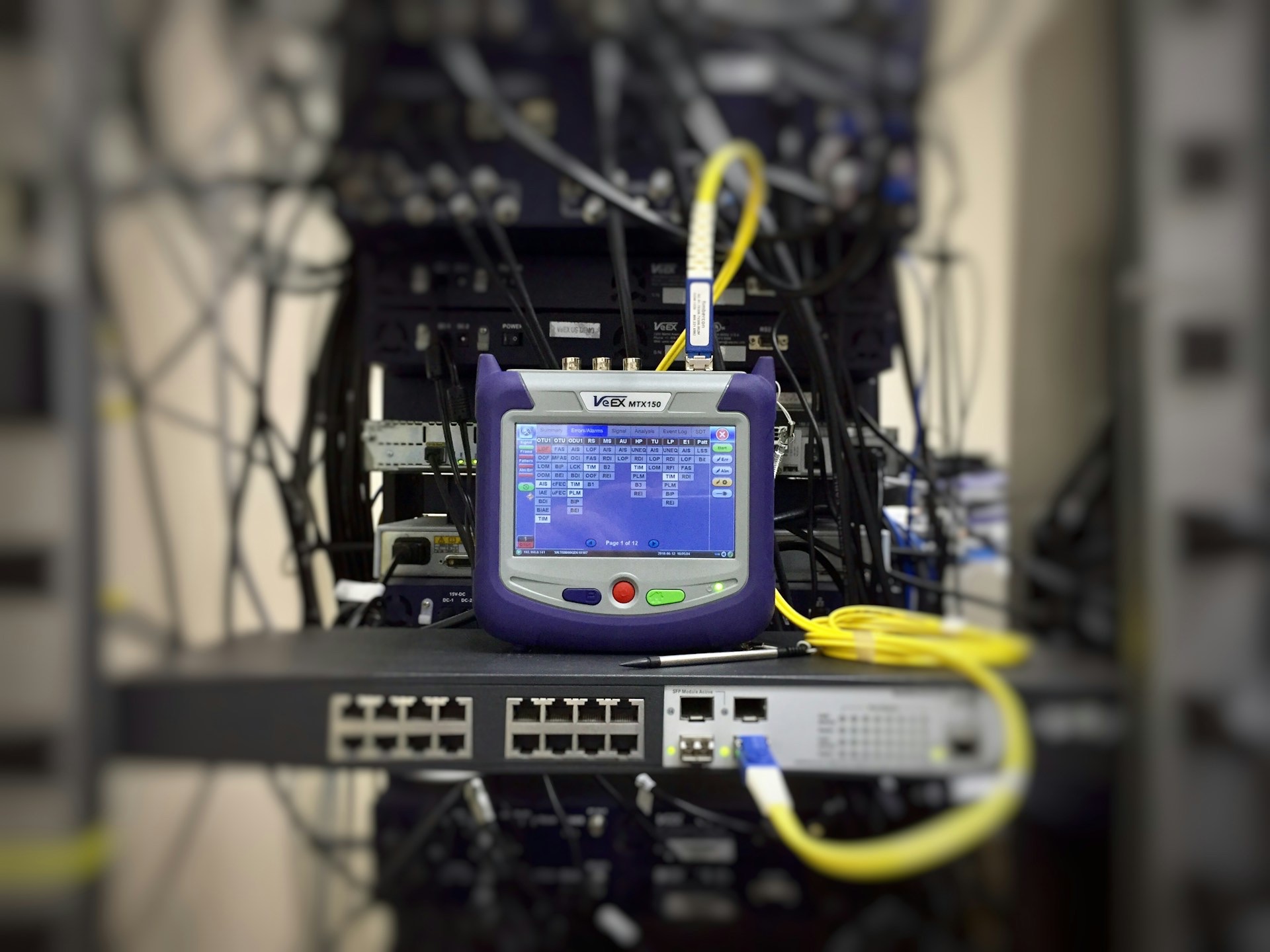
Should you embrace the emerging technology of Software Defined Wide Area Networking (SD-WAN) or continue relying on the tried-and-tested Multi-Protocol Label Switching (MPLS)? Both solutions offer distinct advantages and drawbacks, and the choice between them can significantly impact an organisation’s operational efficiency, application performance, and bottom line. In this article, we’ll dive deep into the key differences between SD-WAN and MPLS and evaluate which technology is better suited for modern enterprise networking needs.
The Case for MPLS
Multi-Protocol Label Switching has been the de facto standard for enterprise wide area networking for over two decades. MPLS is a connection-oriented protocol that uses labels to forward data packets across a service provider’s network, creating end-to-end circuits known as Label Switched Paths (LSPs).
One of the key strengths of MPLS lies in its ability to provide quality of service (QoS) guarantees and traffic engineering capabilities. By reserving bandwidth and prioritising different traffic types, MPLS can ensure reliable and predictable performance for mission-critical applications, such as real-time voice and video communications, as well as latency-sensitive workloads like database transactions and storage replication.
Additionally, MPLS supports virtual private networks (VPNs), enabling secure and isolated communication channels between branch offices, data centres, and cloud resources. This feature is particularly crucial for organisations operating in highly regulated industries or those with stringent security and compliance requirements.
However, MPLS networks are often complex and costly to implement and maintain. Enterprises must rely on service providers to provision and manage their MPLS circuits, which can be a time-consuming and inflexible process. Furthermore, MPLS connections are typically expensive, especially for organisations with a large number of branch offices or remote locations.
The Promise of SD-WAN
Software Defined Wide Area Networking is a relatively new approach to WAN architecture that aims to address the limitations of traditional MPLS-based networks. SD-WAN separates the control plane (which determines how traffic is routed) from the data plane (which handles the actual forwarding of packets), allowing for more intelligent and dynamic traffic management.
At the core of SD-WAN is a centralised controller (or orchestrator) that oversees the entire WAN infrastructure. This controller can dynamically steer traffic across multiple WAN links (e.g., MPLS, broadband, LTE) based on real-time performance metrics, application requirements, and defined policies. This intelligent path selection and load balancing capability is one of the key advantages of SD-WAN, as it ensures optimal application performance and efficient bandwidth utilisation.
Another significant benefit of SD-WAN is its ability to simplify branch office networking. By leveraging cost-effective broadband internet connections and incorporating advanced security features like next-generation firewalls and secure web gateways, SD-WAN eliminates the need for traditional branch routers and WAN optimisation appliances, reducing complexity and operational costs.
Comparing SD-WAN and MPLS
When evaluating SD-WAN and MPLS solutions, organisations must consider several key factors, including:
- Application Performance and QoS: While MPLS excels in providing guaranteed QoS and predictable performance for latency-sensitive applications, SD-WAN’s intelligent traffic steering and application-aware routing capabilities can offer comparable or even better performance for many modern applications, especially those that are cloud-based or tolerant of slight variations in latency.
- Security and Compliance: MPLS networks, with their inherent support for VPNs and the ability to create isolated communication channels, may be better suited for organisations operating in highly regulated industries or those with stringent security and compliance requirements. However, SD-WAN solutions can incorporate advanced security features like next-generation firewalls and secure web gateways, mitigating some of these concerns.
- Flexibility and Agility: SD-WAN solutions offer significantly greater flexibility and agility than traditional MPLS networks. With SD-WAN, enterprises can rapidly provision new branch offices, adjust bandwidth allocation, and modify routing policies without relying on service providers or manual router configurations.
- Cost and Scalability: While MPLS circuits are typically expensive, especially for organisations with numerous branch locations, SD-WAN solutions can leverage cost-effective broadband internet connections, potentially reducing WAN costs while providing comparable or better performance through intelligent traffic management. Additionally, SD-WAN’s centralized management and automation capabilities can make it more scalable and easier to manage as the network grows.
- Existing Infrastructure and Migration Path: For organisations with substantial investments in MPLS infrastructure, a gradual migration to SD-WAN through a hybrid architecture may be the most practical and cost-effective approach, minimising disruptions to ongoing operations.
The Hybrid Approach: Best of Both Worlds
While SD-WAN presents a compelling alternative to traditional MPLS networks, many organisations are adopting a hybrid approach that combines the strengths of both technologies. In a hybrid SD-WAN and MPLS architecture, enterprises can leverage their existing MPLS investments while augmenting their WAN with broadband internet links and SD-WAN capabilities.
This hybrid model offers several advantages:
- Gradual Migration: Organisations can gradually migrate from MPLS to SD-WAN, reducing the risk and disruption associated with a complete overhaul of their WAN infrastructure.
- High Availability: By combining MPLS and internet links, hybrid SD-WAN architectures provide increased redundancy and failover capabilities, ensuring continuous connectivity and business continuity.
- Application Optimisation: SD-WAN’s application-aware routing and optimisation features can be applied to both MPLS and internet traffic, improving performance for critical applications.
- Cost Savings: By offloading non-critical traffic to broadband internet links, enterprises can reduce their reliance on expensive MPLS circuits, potentially leading to significant cost savings.
Which is Better: SD-WAN or MPLS?
Ultimately, the question of whether SD-WAN or MPLS is better for an organisation depends on its unique requirements, existing infrastructure, and long-term goals. While SD-WAN offers compelling advantages in terms of flexibility, agility, and cost-effectiveness, MPLS may still be the preferred choice for enterprises with stringent security and compliance requirements or those heavily dependent on real-time, latency-sensitive applications.
For many organisations, a hybrid SD-WAN and MPLS architecture may represent the optimal solution, allowing them to leverage the benefits of both technologies while mitigating risks and minimising disruptions to their operations.
Organisations should carefully evaluate their specific needs, assess the maturity and capabilities of SD-WAN solutions from various vendors, and develop a comprehensive strategy that aligns with their business objectives and IT roadmap.
In conclusion, while SD-WAN is undoubtedly a disruptive technology that is reshaping the enterprise networking landscape, MPLS remains a reliable and well-established solution for organisations with specific performance, security, and compliance requirements. The choice between SD-WAN and MPLS is not a one-size-fits-all decision, but rather a strategic consideration that requires careful planning and a thorough understanding of an organisation’s unique networking needs.





